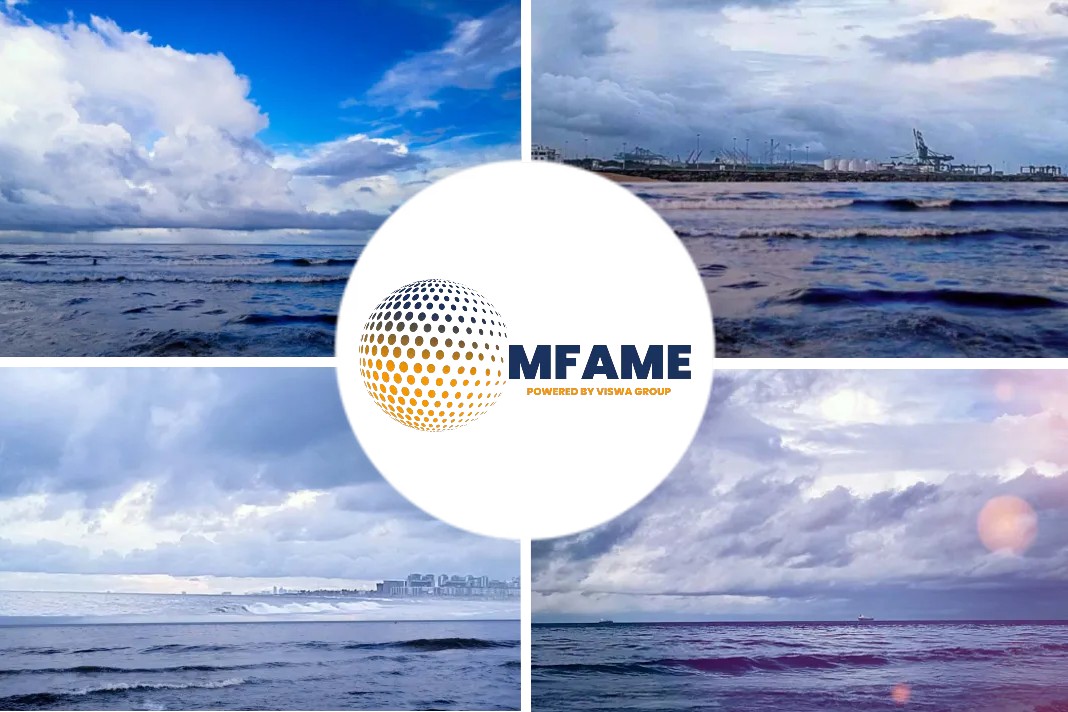The International Maritime Organization (IMO) announced the release of a new guide which offers practical measures to help reduce greenhouse gas (GHG) emissions at the ship-port interface, reports Mondaq.
New ship-port interface guide
The guide has been developed by the Global Industry Alliance to Support Low Carbon Shipping (Low Carbon GIA) under the IMO-Norway GreenVoyage2050 Project.
The practical solutions set forth in the Guide require smaller capital investments and operational costs to implement the protocols. Additionally, the steps established within the Guide are easily established and conducted in shipping operations. Finally the Measures contained within the Guide are projected to sharply curtain GHG emissions over time.
Practical measures listed
IMO said the Guide focused on eight practical measures:
- Facilitate Immobilization in Ports- This Measure is designed to reduce vessel time in ports. Work and repairs of the main engine proceed simultaneously with cargo loading and unloading operations.
- Facilitate Hull and Propeller Cleaning in Ports- This measure also recommends that hull and propeller cleaning take place on port simultaneously with cargo loading and unloading. Many ports do not allow cleaning of a vessel hull in port to prevent the transmission of invasive species, the Guide suggests following the BIMCO6 protocol if possible.
- Facilitate Simultaneous Operations (simops) in Ports- Implementation of this measure would allow operations to occur simultaneously (e.g. cargo, bunkering, provisioning, tank cleaning etc.). This would contribute to a reduction in GHG emissions as well as the time spent in port.
- Optimize Port Stay by Pre-Clearance- This measure optimizes the port call and aims to eliminate unnecessary waiting time by facilitating all required clearances in advance. Ideally, pre-clearance could be arranged for port customs, port health requirements and immigration authorities as well as cargo, crew, and passenger clearance in accordance with the FAL Convention.7
- Improve Planning of Ships Calling at Multiple Berths in One Port– This measure aims to improve the planning of ships calling at multiple berths in one port. This measure aims to ensure just in Time shifting of ships between berths and Optimization of cargo operations.
- Improve Ship/Berth Compatibility Through Improved Port Master Data- This measure involves improving Port Master Data to ensure that the right ship size is utilized by a) reliable identification of the terminal and berth b) reliable maximum length and beam per berth.
- Enable Ship Deadweight Optimization Through Improved Port Master Data– The Guide recommends improving Port Master Data for tides, water depth and water density to improve deadweight capability. The Measure recommends that information concerning the deep water route, fairway, berth pocket and harbor basin should be obtained prior to entry to the port.
- Optimize Speed Between Ports– This measure would allow ships to optimize speed between ports, to arrive “Just In Time” when the berth, fairway and nautical services are all available. This “Just In Time Arrival” concept (JIT Arrival) will improve the port call process and ultimately reduce GHG emissions.
Did you subscribe to our daily newsletter?
It’s Free! Click here to Subscribe!
Source: Mondaq
















